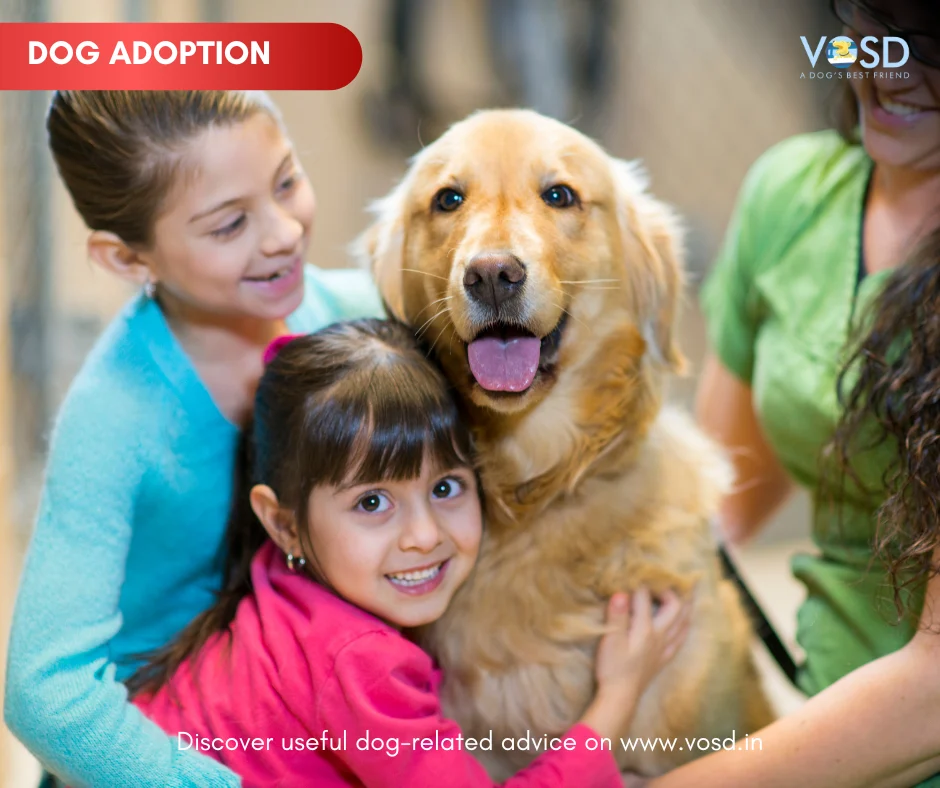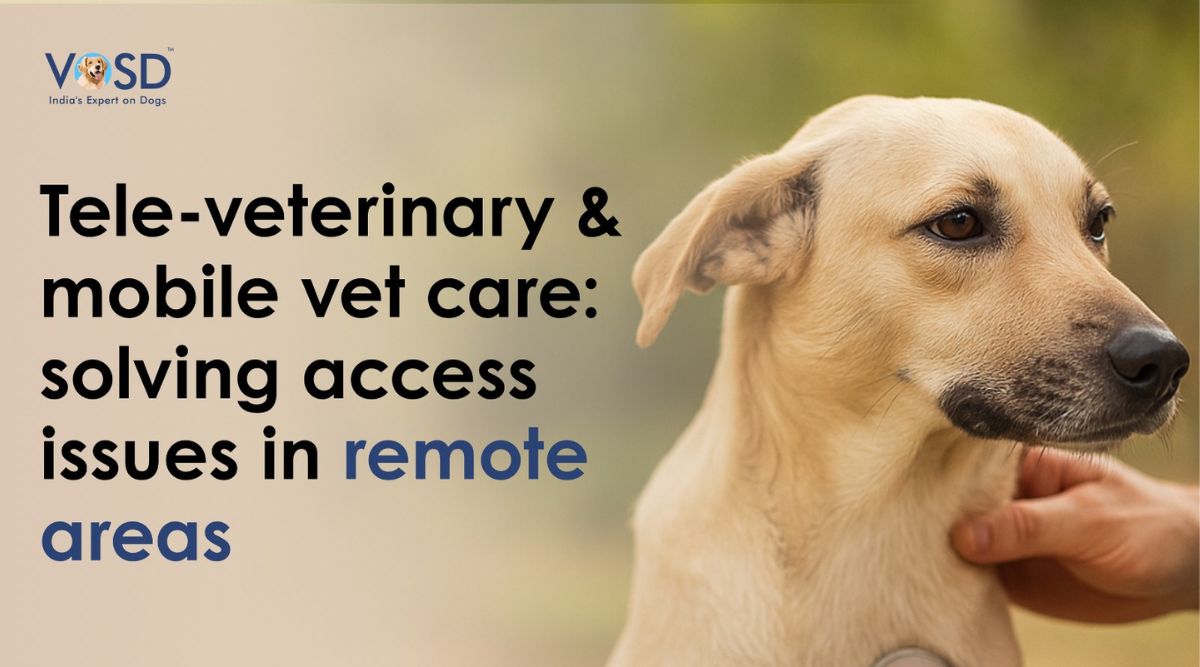Leena always loved dogs, and now that she was good and ready, she wanted to adopt a dog. But she had so many questions: what variables must be considered before dog adoption? She wondered.
Leena isn’t the only potential adopter who found herself scrambling for relevant information on adoption. Several first-time adopters are faced with similar doubts and quandaries before bringing a pet home.
Adopting a dog is a wonderful decision, but it’s important to consider various factors to ensure a good match between you and your new furry friend. Asking the right questions prior to adoption helps ensure it’s a good match. Establishing communication with the party giving away the dog will help immensely in the long run.
This blog aims at dispelling all curiosities of potential adopters and points they must consider before bringing home a dog.
Is the dog good with children/ other pets?
When considering the adoption of a dog and assessing their suitability with children and other dogs, it’s essential to recognize that individual dogs vary widely in temperament, behavior, and socialization. The breed, age, and past experiences of the dog also play significant roles in determining their compatibility with children and other pets.
To make an informed decision, spend time interacting with the dog in a controlled environment. Observe its behavior, reactions, and overall demeanor. If possible, gather information about the dog’s past experiences and interactions with children and other dogs. This information can provide valuable insights into its behavior.
Research the general characteristics of the dog’s breed, as different breeds have different temperaments. However, it’s crucial to remember that individual variation within a breed is significant.
If possible, introduce the dog to children and other dogs in a controlled and supervised environment. Pay attention to how the dog reacts and interacts. Dogs that have been well-socialized and trained are more likely to behave appropriately around children and other pets.
What is the dog’s activity level?
Considering a dog’s activity level before adoption is crucial to ensure that the dog’s energy and exercise needs align with your lifestyle. Different dog breeds and individual dogs have varying activity levels, and finding a match can contribute to a harmonious and happy relationship.
Some dogs are highly energetic and require more exercise, while others are more laid-back. Larger dogs often have more energy and may need more space to run and play. Smaller dogs may still be energetic but might require less space for physical activity. Puppies, adolescents, and senior dogs have different energy levels. Puppies are typically very active and require a lot of play and training, while senior dogs may have lower energy levels and be more laid-back.
Consider your daily routine, work schedule, and activities. If you lead an active lifestyle and enjoy outdoor activities, a dog with a higher energy level might be a good match. If you have a more relaxed lifestyle, a dog with lower energy needs may be more suitable.
Are there any known medical issues?
Checking a dog’s health before adoption is crucial to ensure that you are prepared for any medical needs and to provide the best possible care for your new pet. Request the dog’s complete medical history from the shelter, rescue organization, or current owner. This should include vaccination records, spaying/neutering information, and any past illnesses or treatments. Schedule a thorough health examination with a veterinarian before finalizing the adoption. A professional vet can identify any existing health issues and provide guidance on potential future health concerns.
What training has the dog received?
Understanding a dog’s training history is crucial for a successful adoption, as it helps you assess the dog’s behavior, obedience level, and potential areas for improvement. Speak with the staff at the shelter or rescue organization. They often have information about the training and behavior of the dogs in their care. Inquire about the dog’s history, any training they have received, and their behavior in different situations.
Why is the dog up for adoption?
Understanding the reason why a dog is up for adoption is important for several reasons. There can be multiple reasons why an owner is giving a dog for adoption. It can provide insights into the dog’s background, behavior, and potential challenges. Sometimes, owners surrender their dogs due to personal reasons such as moving, financial difficulties, changes in lifestyle, or inability to care for the pet. Stray dogs or abandoned pet dogs also become up for adoption. Dogs rescued from neglectful or abusive situations are often in need of new homes. These dogs may require rehabilitation and may have behavioral challenges. Adopters should be aware of these challenges and be willing to work on behavior modification.
What is the dog’s behaviour like?
Understanding a dog’s behaviour beforeadopting is highly imperative in ensuring a successful and harmonious relationship between you and your pet. Spend time observing the dog’s temperament. Look for signs of friendliness, aggression, shyness, or fear. A dog’s personality can be influenced by genetics, environment, and previous experiences. It would pay to learn about the dog’s previous living conditions and experiences. Understanding their background can provide insights into potential behavioral challenges or fears. Every dog is an individual, and while breed tendencies can provide general guidance, each dog will have its own unique personality. Spending time interacting with a dog before adopting will help prepare for any quirks or idiosyncrasies one might come across.
How old is the dog?
Considering a dog’s age before adoption is crucial as different age groups have varying care requirements, energy levels, and compatibility with potential adopters’ lifestyles. Puppies are blank slates and can be trained to fit into your lifestyle. However, Puppies require significant time, attention, and training. Adult dogs likely have a calmer demeanor but can potentially develop age-related health issues. Senior dogs typically have lower energy levels but may have age-related health concerns and have a shorter lifespan compared to younger dogs.
Is the dog housebroken?
Knowing whether a dog is housebroken (meaning it is trained to urinate and defecate outside or in a designated area) is important before adoption, as it can significantly impact your daily routine and the dog’s overall adjustment to its new home. Begin by asking the shelter or rescuers about the dog’s housebreaking status. Spend time interacting with the dog in a controlled environment. Observe its behavior, especially if it shows signs of needing to relieve itself. A housebroken dog may display behaviors such as pacing, sniffing the ground, or going to the door when it needs to go out. If possible, inquire about the dog’s housebreaking history with its previous owners or the party surrendering it. They may provide insights into the dog’s habits and training.
Does the dog have any dietary needs?
Understanding a dog’s dietary needs is crucial for providing proper care, maintaining good health, and ensuring a smooth transition into your home. Begin by asking the rescuer or previous owner about the dog’s current diet. They may have information on the type of food the dog has been receiving, feeding schedule, and any dietary restrictions.Request access to the dog’s medical records. These records may include information about any known allergies, sensitivities, or specific dietary requirements. It’s essential to be aware of any health conditions that might influence the dog’s diet. Spend time observing the dog’s eating habits during your interactions. Note whether the dog eats eagerly, has a healthy appetite, or shows any reluctance to eat. This can offer clues about its dietary preferences and behavior around food.
Conclusion
Asking the aforementioned questions are fundamental in ascertaining whether a dog will be a good fit for you and your family. By taking a well-rounded approach before adoption one can be assured the new life of the owners and new pets will run smoothly without any complexities and set them up for successful cohabitation.








